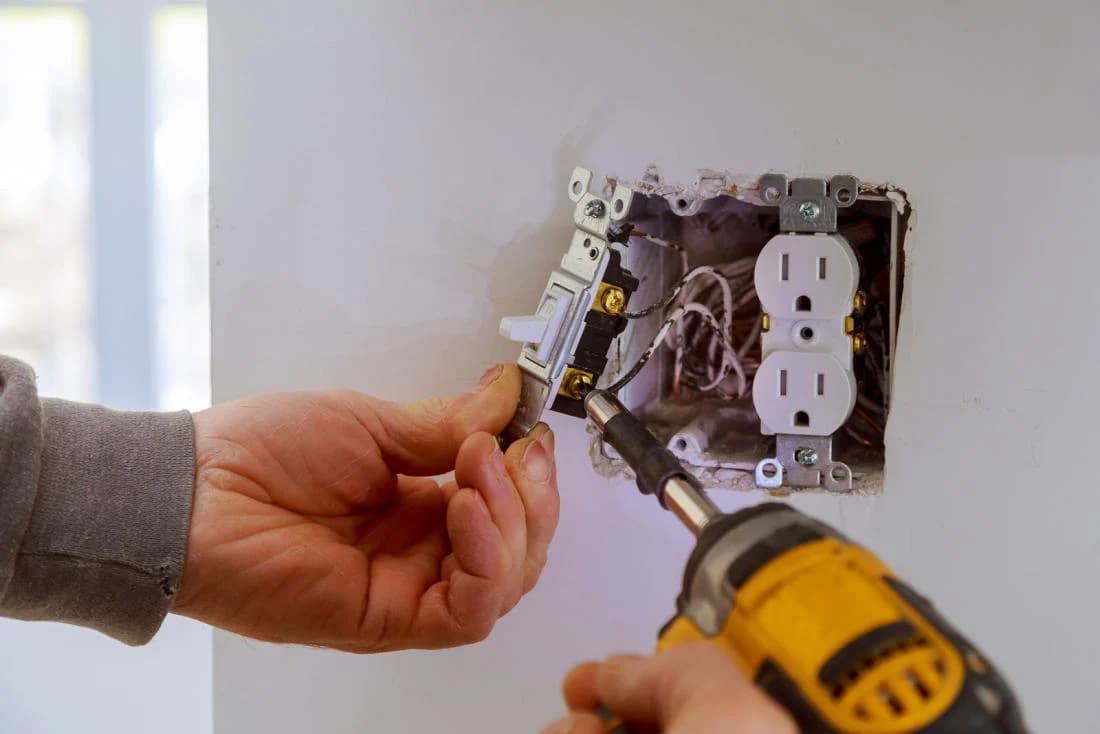Electrical Shock
Annual State of Safety 2023
Empowering Safety: Illuminating the Dangers of Electrical Shock in BC
Whether you’re at home, work, or out and about, electricity is everywhere. Unfortunately, the abundance of electricity also means that there are many opportunities to encounter unforeseen hazards. While electricity is largely a safe form of energy, the same electrical current that powers a residence or business is capable of causing serious injury or death by electrocution.
Every day, people working with electricity take steps to keep themselves and those around them safe from electrical shock. But in cases when safety steps are skipped or forgotten, an electrical shock can cause serious injury, and even death. Without proper precaution, even the simplest task can cause injury.
Electrical shock is often underreported; historically, our data has shown fewer incidents compared to the number reported to, for example, WorkSafe BC. Because of the ubiquity of electricity and the considerable number of incidents that we investigate each year, we consider electrical shock to be one of the highest risks in BC’s safety system.

Why Electrical Shocks Occur and the Importance of Reporting Incidents
Electrical shock or arc flashes can cause serious injuries and often occur when experienced and certified individuals do not follow safety procedures, or when individuals with no electrical qualifications are working with or near electrical equipment and come into contact with energized wires.
We are always striving to improve the safety system, which is done most successfully when we work together to ensure our data accurately reflects the incidents in our province. That’s why we encourage clients to report incidents through the incident reporting form.
Investigating Unsafe Choices that Lead to Incidents
Incidents regularly include licensed and qualified electricians not ensuring the area being worked on is fully de-energized, not wearing the proper protective equipment, and/or not understanding the hazards of a work area.
We often learn of incidents that involve licensed contractors abandoning their safety training because they don’t want to inconvenience a client, are using a work-around, or have removed their protective gear. One incident that took place in Kitimat, BC involved an electrician who was checking the voltage at a 600-volt motor control center. The electrician used a multi-meter to do this but had connected it incorrectly. When they connected it to the 600-volt source, there was an arc flash, which burned the electrician’s hands and face. They were not wearing the proper Personal Protective Equipment (PPE), which could have minimized or eliminated the injury.
Another incident that took place in Kitimat, BC in October 2023, involving an arc flash and injury was caused by an electrician at an industrial site mistakenly shorting out energized conductors on the line side of a breaker switch instead of the intended de-energized load side. Contributing factors included lack of supervision, incomplete hazard understanding, and procedural oversights. The design flaws in the electrical system and inadequate identification of components also played a role in the incident.
"The safety system works its best when procedures are followed at every stage to ensure the safest outcome."
Protective measures are in place to keep everyone in a work area safe, and it’s important that electricians and licensed contractors call on their fundamental safety training with every decision they make in their work. The safety system works its best when procedures are followed at every stage to ensure the safest outcome.
Unqualified Electrical Workers Pose a Risk
We also see incidents involving individuals with no electrical qualifications working with, or near, electrical equipment. As they lack knowledge, specialty training, tools, and equipment, they can be unaware of the risks associated with energized components or may hire someone who is also unqualified. This can result in contact with energized parts of the system that were thought to be de-energized, key safety components improperly installed or missing as well as creating unintentional pathways for electricity to flow. These situations can increase the risk for electric shock while completing the work and after work is done.
Improving the Safety System Through Public Awareness and Industry Behavior Change
In response to the number of electrical shock incidents and their high placement on our risk register, we ran a public safety campaign that covered seasonal topics and relied on electrical safety officer expertise to target owners of electrical vehicles, British Columbians working from home, and homeowners with an interest in renovation.
The goal of the campaign was to improve awareness and safety around electrical shock, educate the public about the risks, and provide tips on how to prevent hazards. It also sought to educate the public on the dangers of using uncertified equipment, installing or operating certified equipment in an unsafe way, and doing renovations involving electrical systems without a licensed contractor or permit.

Since we’ve seen many incidents of arc flashes reported, we have previously released a bulletin reminding licensed contractors and electricians of why it’s so important to de-energize electrical equipment before carrying out work on electrical equipment.
Given the dangers associated with electrical shock, we see the value in encouraging licensed contractors and electricians to refer to their safety training and procedures while further educating the public on electrical safety. We will continue to work on driving awareness and improving the connection to the safety system.
You Might Be Interested In
Building Confidence
Learn about emerging risks. See how we’re improving the client experience and enforcing against those who work outside of the safety system.
Learn MoreSafety Engagement
We provide technical training and education to support our partners. We also work to influence people in the safety system to make safety-minded decisions.
Learn MoreData and Trends
Find key statistics on permits, incidents, injuries, assessments, and more.
Learn More